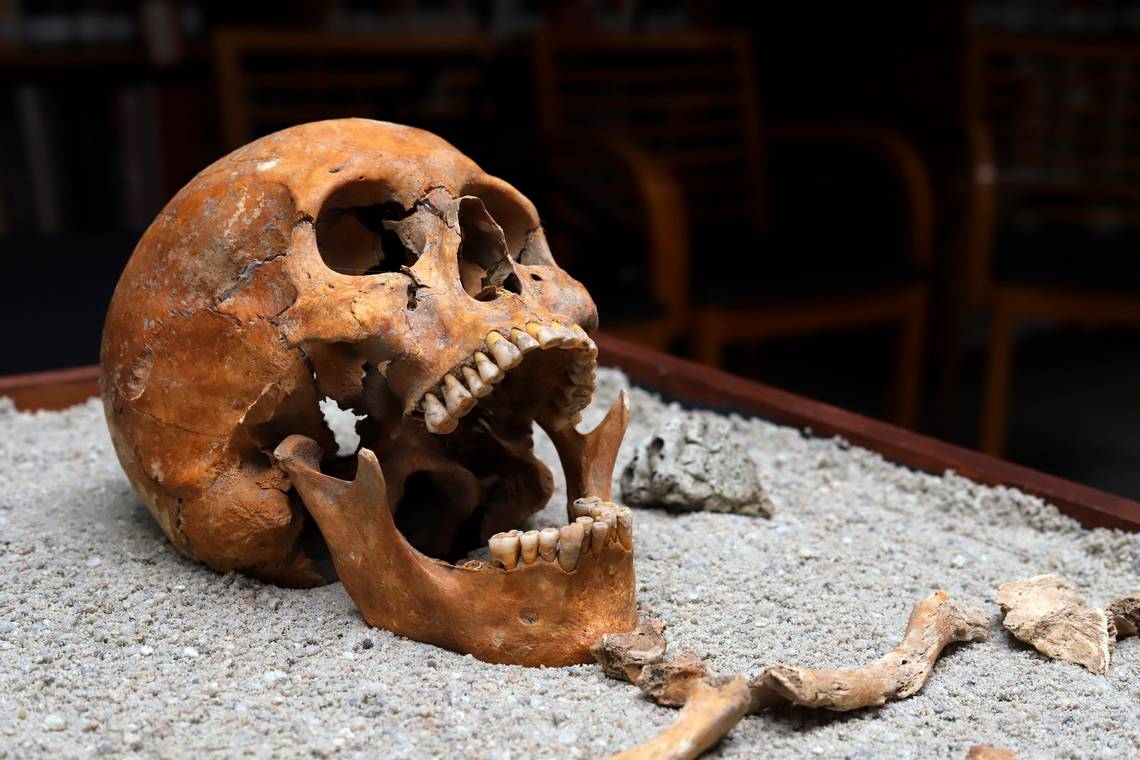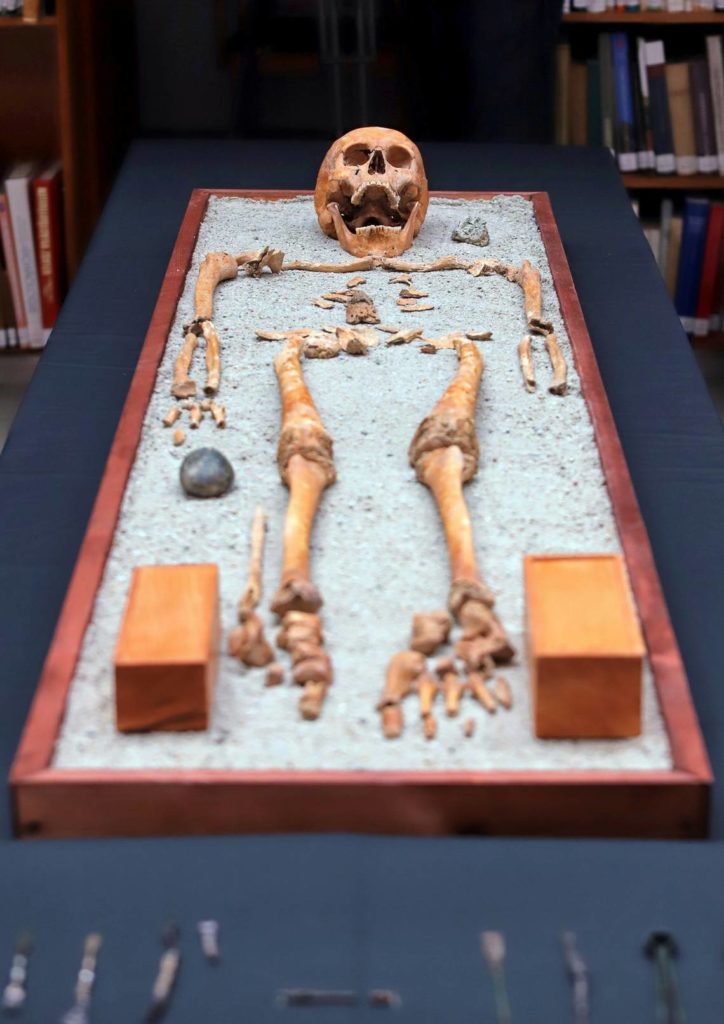
Archaeologists have uncovered the burial site of a doctor who died about 2,000 years ago close to the city of Jászberény in central Hungary, which is roughly 35 miles (55 kilometers) to the east of Budapest. They have also found some of the instruments he used in his profession, such as needles, forceps, scalpels, and other tools.
According to a statement released on April 25 by Eötvös Loránd University (ELTE) in Budapest, the medical toolset that dates back to the first century A.D. is an extraordinary discovery. Similar findings have been discovered only in the ancient Roman city of Pompeii.
The fact that a doctor carrying such high-quality medical tools visited this area is surprising, especially since the Romans regarded this region as a “barbarian” land, which means any land outside their own territories. The research reads, “it is striking in itself that a doctor equipped with such prestigious equipment visited this area.”
The most likely explanation is that the skilled doctor, who was probably trained in one of the Imperial centers, visited the region to provide medical assistance to someone in need.
Findings of the excavation team
The excavation work was carried out after a preliminary magnetometer field survey detected potential archaeological remains hidden beneath the ground.
The excavation team, including Levente Samu, an archaeologist at ELTE, discovered two wooden chests at the foot of the grave, containing various medical tools like pliers, needles, forceps, and scalpels of high quality, suitable for surgical procedures.

The scalpels are made of copper alloy with silver decoration, and they have removable steel blades. A grinding stone that could have been used to sharpen the blades and mix medical herbs was also found. Scalpels of similar make have previously been discovered in Roman Gaul, a region that now includes parts of Germany and France.
The archaeologists also found the mostly intact skeleton of the presumed “doctor.” Analysis shows that he was a man of about 50 to 60 years old when he passed away, but there was no visible evidence of any ailments or injuries.
Area of burial
During the first century A.D., the burial region was ruled by the Sarmatians of the Lazyges tribe, and it served as a buffer zone between the Roman territories and the Dacians further north.
After the Marcomannic War between Rome and various tribes, including the Germanic Marcomanni and the Sarmatian Lazyges from A.D. 166 to 188, the region became entirely Romanized. Rome was victorious in the war, and the region became a frontier of the empire until the fifth century when it was taken over by the Huns.
See all the latest news from Greece and the world at Greekreporter.com. Contact our newsroom to report an update or send your story, photos and videos. Follow GR on Google News and subscribe here to our daily email!



